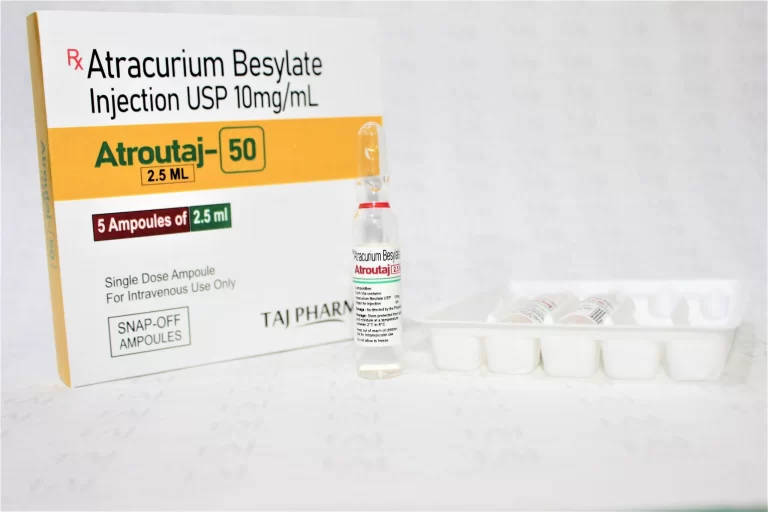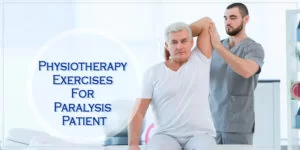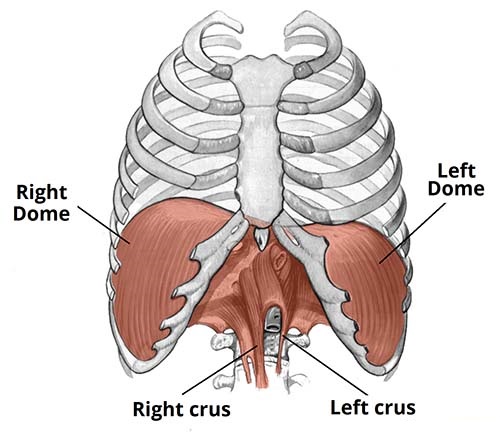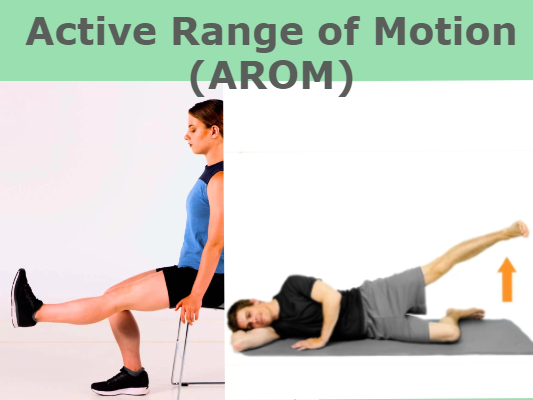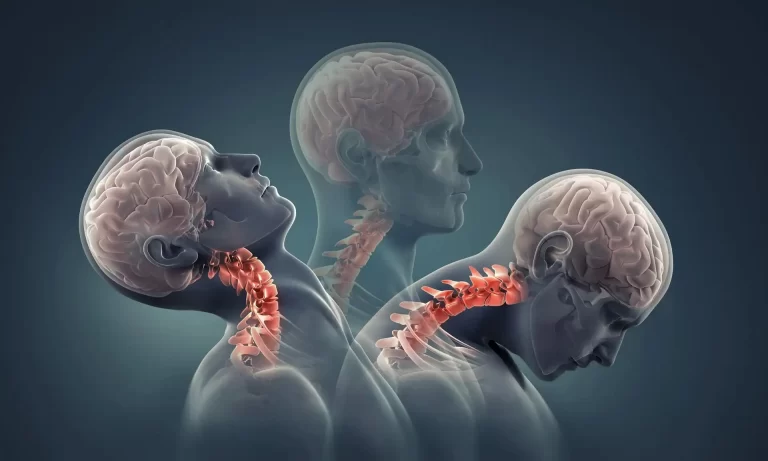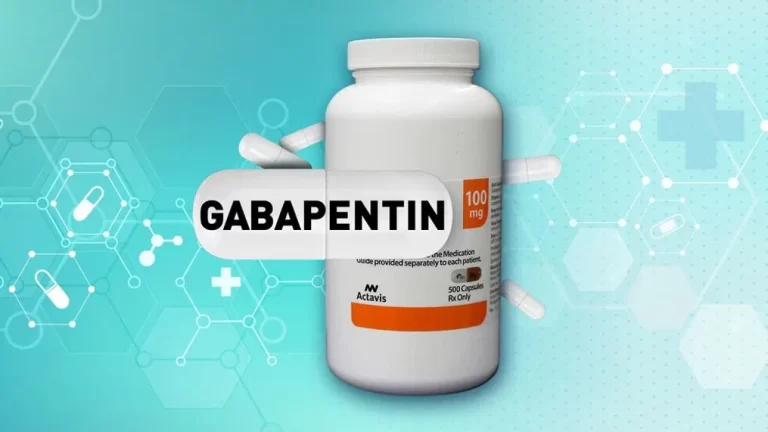Atracurium Besilate
Introduction Atracurium is a medication classified as a non-depolarizing neuromuscular blocking agent (NMBA). It is used in medical settings to induce muscle relaxation during surgeries, endotracheal intubation, and mechanical ventilation. Atracurium is primarily employed to facilitate procedures that require muscle relaxation, such as surgeries that involve the abdomen, chest, or limbs. As an NMBA, atracurium…

